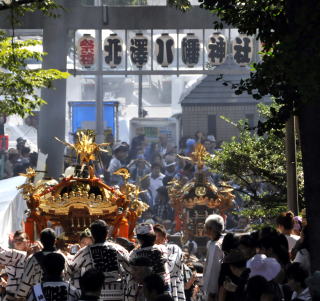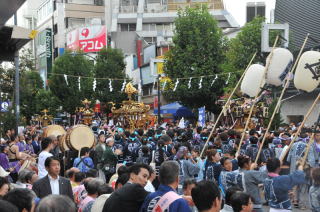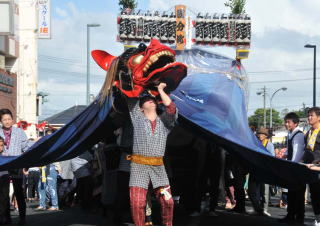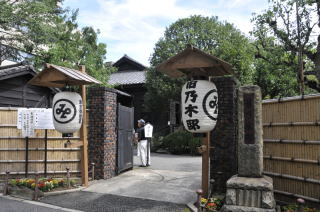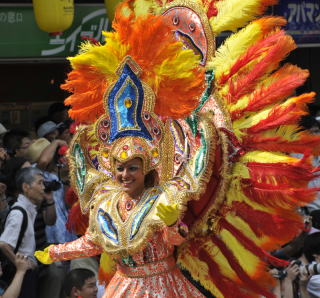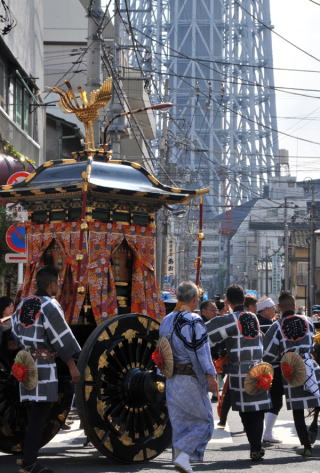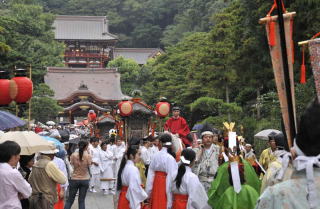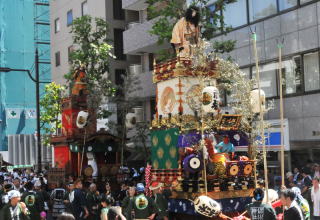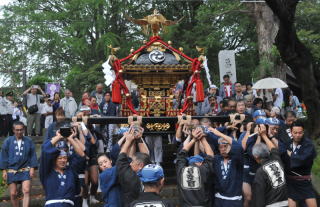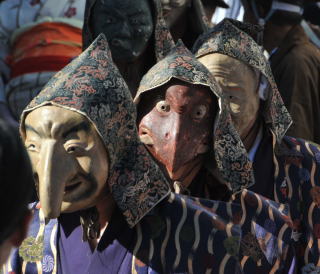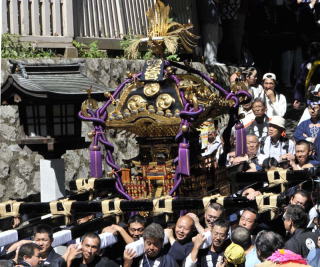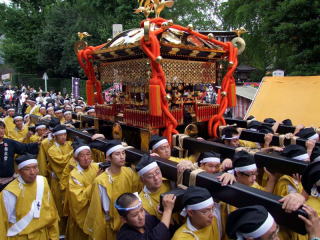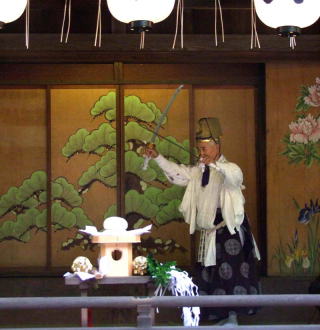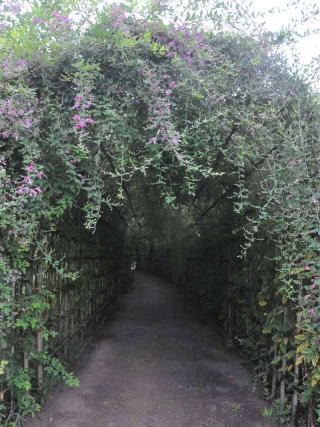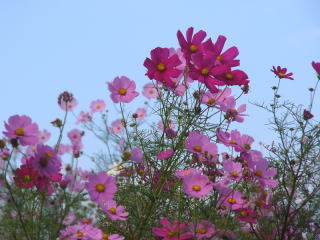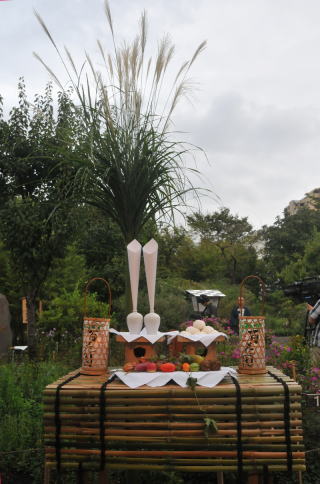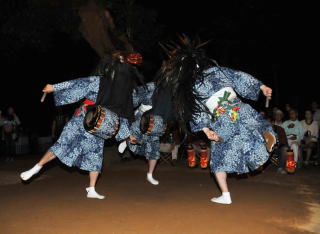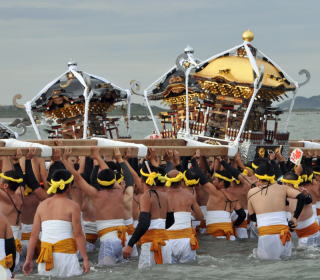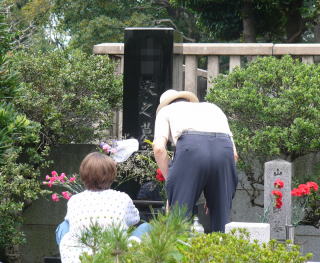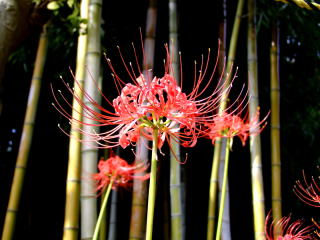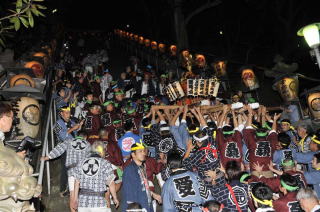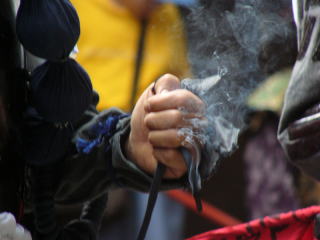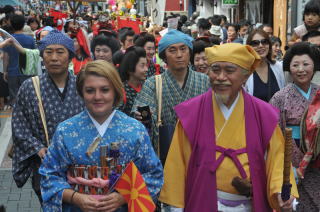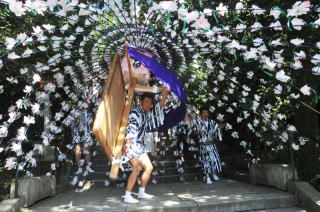| Disaster Prevention Day Memorial Service at The Tokyo Memorial Temple for Two Great Disasters (Great Kanto Earthquake
and W.W. II Air Raids) in Ryogoku, Sumida-ku Memorial Service on from 10 a.m. with the attendance of the imperial family members Just two minutes before noon on September 1, 1923, the Kanto district was hit by a strong earthquake and immediately after the collapse of many buildings, a big fire raged with a strong wind on the urban area of Tokyo where most of the houses were made of wood. Due to the fire continuing for 42 hours, about 70% of the houses were reduced to ashes and 58,000 lives were lost. The site of the Temple was built at a vacant lot after the Army Clothing Depot had been removed to a new place. Someone cried among a flow of refugees, "Go to the former Army Clothing Depot and we shall be free from the fire." The large ground was occupied in a moment by numerous people with their baggages. A few hours later, the ground was enveloped in flames and 38,000 people missed a way to escape and burnt to death. On Septmber 1, 1930, the Memorial Temple for the Kanto Earthquake was built on this ground and enshrined the ashes of unidentified victims. The Temple changed its name on Sept. 1, 1951 to Tokyo Memorial Temple for two great disasters enshrining the victims of the Tokyo air raids in W.W. II as well. (from the memorial museum pamphlet) http://tokyoireikyoukai.or.jp/ Memorial Museum inside the compound exhibits pictures, photos and remains of the tragic scenes. Open 9 a.m.-4:30 p.m. (closed on Mon), Admission: Free Address: 2-3-25 Yokoami-cho, Sumida-ku Access: Ryogoku Station on JR Sobu Line Map: http://goo.gl/maps/cWPfH Telephone: 03-3622-1208 |
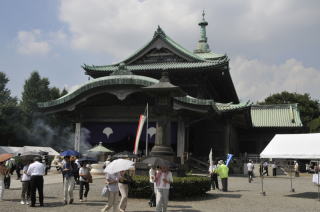 The Tokyo Memorial Temple for Great Kanto Earthquake and W.W. II Air Raids |
|
| more photos |
